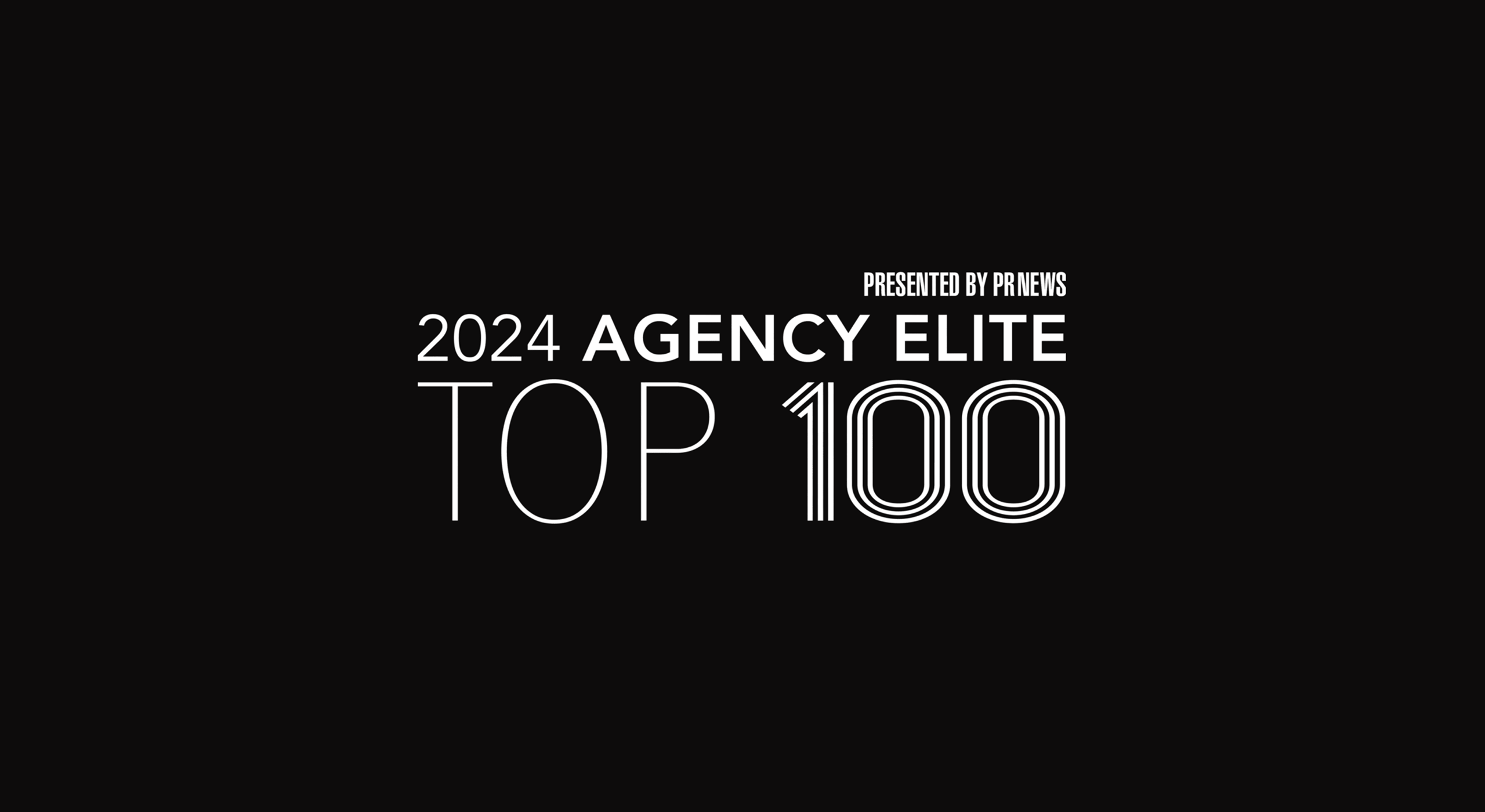
The Best Marketing During Sunday’s Big Football Game Will Not Be Seen on That Channel
By: Identity Team
An excess of press every year is dedicated to the making, and breaking, of products and concepts by the quality of their ad during the most popular NFL football game of the season. Whether the Budweiser frogs or the E-Trade baby, bits of Americans that go beyond the sales pitch have emerged from these million-dollar half-minute clips. Trade publications will spill gallons of ink on which plugs worked and which ones didn’t, with careers literally being made by the reception of these tiny snapshots of nonsense. While all of this is going on though, perhaps the best example of marketing is enjoyed by thousands of fans on a completely different channel.
Starting in 2005, Animal Planet has televised the Puppy Bowl as a more whimsical alternative to football’s biggest game. Featuring an assortment of puppies from animal shelters, the program combines the soft aesthetic of young dogs with the positive messaging of pet adoption. Romping throughout a model stadium with no audience but the camera crews charged with filming the chaos, the puppies of this Animal Planet staple play with toys, and each other, within an over-the-top presentation meant to mimic the football game a few channels over.
The success of this program is tied to its simplicity; the Puppy Bowl would not work but for its stripped down presentation and basic premise: You will be seeing week-old dogs running around in a small, play-conducive environment. Even with additional animals being added over the years (including a Kitty Half-Time Show and Hedgehog Cheerleaders), the bare bones qualities of the show allow easy access for those watching through or simply flipping channels out of boredom between plays in the big game.
All of this boils down to one general question: Does it work from a business standpoint? The simple answer, in turn, is yes. Puppy Bowl II in 2006 featured a 230 percent viewership increase over the previous year, averaging nearly 700,000 viewers. By the time Puppy Bowl VI aired in 2009, viewership was up to 1.1 million for the original airing and growing to 1.7 in 2011. Though disinterest in football’s premier matchup may contribute to these numbers, advertising has steadily grown to a point that the actual value of the show cannot be ignored.
The lesson learned by what undoubtedly started by the show’s creators as a whimsical alternative to television’s most watched program is that no idea is too big to be rivaled and that establishing content parallel to a major attraction can work. Although it may be a stretch to try to create material that tips its hat to content like movie award shows or sports spectacles, there is an audience for concepts that are well crafted and executed in a manner that caters to its content. Whether this is a nod to how advertising should be crafted when placed in a magazine’s top issue of the year, or even a lesson on parody, is not all that important. Instead, what should be noted is that on a day celebrated for huge men smashing into each other, millions of people will be drawn to young dogs drinking from a water bowl or sleeping in a corner. Finding a qualified effort in everyday environments is the challenge every person in marketing or public relations should be aspiring to solve.



